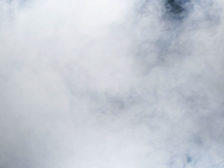Safety & Health Best Practices
Best Practices
Macroeconomics is key to OHS
Lower fertility rates in rich nations equals fewer workers to boost economy
March 21, 2022
Politics surround Pregnant Workers Act
Many organizations and businesses seek to influence direction of new law
February 28, 2022
Best Practices
It can be complicated to go beyond OSHA’s minimum requirements
December 23, 2021
Best Practices
OHS expert witnesses in demand with new forms of litigation due to workplace injury disputes
October 18, 2021
Best Practices
Do we trust professional industrial hygienists’ judgment?
September 1, 2021
Best Practices
OHS professionals have an active role in diversity and inclusion within workplaces
July 15, 2021
Become a Leader in Safety Culture
Build your knowledge with ISHN, covering key safety, health and industrial hygiene news, products, and trends.
JOIN TODAYCopyright ©2025. All Rights Reserved BNP Media.
Design, CMS, Hosting & Web Development :: ePublishing










